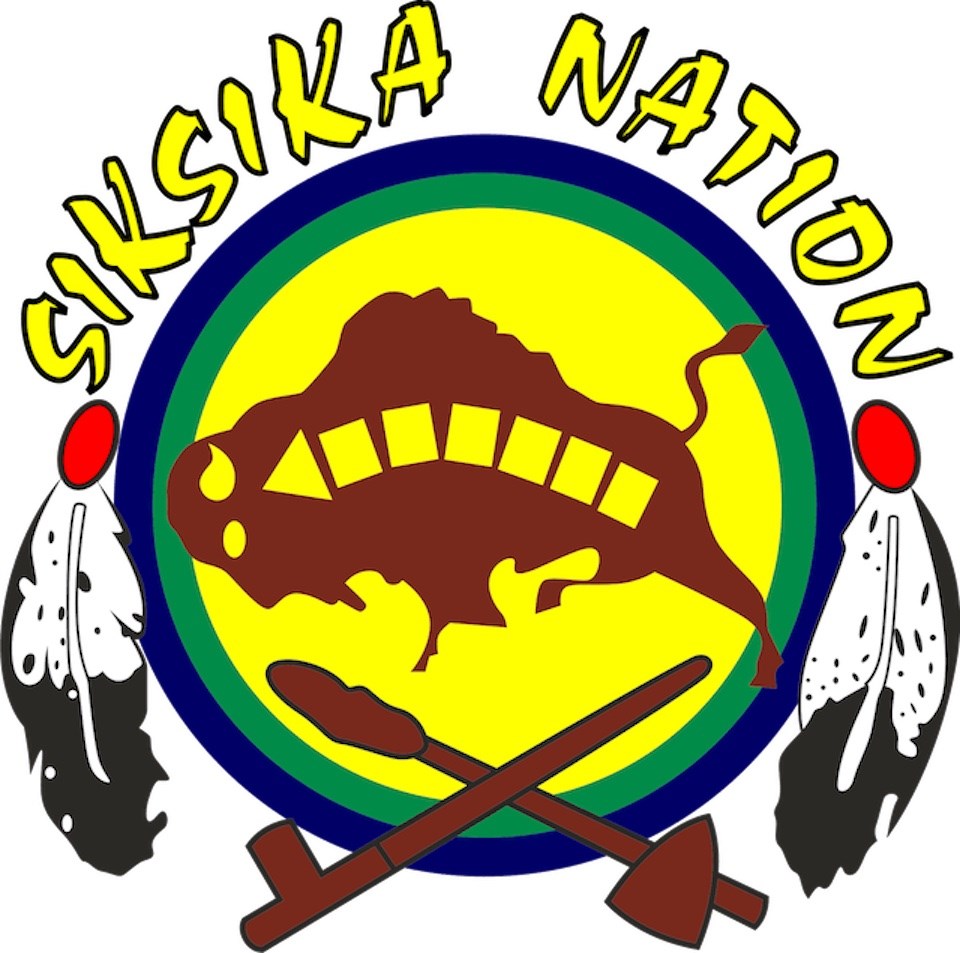As of Oct. 16, work will begin to start 3D printing a set of fourplexes on Siksika Nation, which will mark the largest project of this type in Canada to date.
The project will consist of the construction of four structures, ultimately housing 16 families upon completion. These homes will be built in collaboration with Nidus3D, the University of Calgary School of Architecture and Planning, and Siksika Housing.
Ultimately, the aim of the project is to both address housing challenges within Siksika Nation, as well as to celebrate Indigenous culture and heritage.
“I have been thinking about using the technology to build housing out here. It sort of went from there, and to putting together a proposal and getting funding and then ultimately starting to build the project,” said Ryan Hall, Siksika Housing Manager. “This project is going to make it so that there will be more housing available to people than ever before. It will allow us to customize the design to reflect the uniqueness of our community and its people.”
The 3D concrete printing technology creates an object – in this case a building, layer by layer until the desired structure is achieved. The process is very similar to 3D printing commonly used with resin or plastics, but on a much larger scale.
Hall added he began discussions with Nidus3D, a company based out of Kingston, Ont., which provides 3D construction as a service, over the summer.
Titled “Kakatoosoyiists,” or “Star Lodges,” the idea is that in First Nations stories, the stars provide a sense of direction, protection, guidance, and life lessons.
An added benefit to this style of construction, is to minimize waste, reduce carbon emissions, align with environmental and community values, and to utilize locally sourced materials.
The print time to do the exterior walls is reported to take approximately a week per building. Consideration was taken as to whether the interiors would also be 3D printed, but they will instead be more conventional, so as to save print time, and reduce the total financial cost of the project.
Building utilities such as plumbing, windows, electrical, and finishing will follow the completion of the project exteriors.
Each of the four buildings will consist of four one-bedroom, one-bathroom units which will serve as homes for single or double occupation. The units will be approximately 600 square feet in area.
As transitional homes, they are designed to be occupied for six months, or for up to two years, depending on the needs of the tenants.
The units are intended for use by Nation members who are experiencing a housing crisis, moving back to the nation from elsewhere, or who are fleeing domestic violence.
Hall added there is a larger plan to see three or four-bedroom homes constructed on the Nation to be occupied as permanent residences. There is no agreement yet in place as to whether those homes might be 3D printed as well.
“I would consider this a pilot project, and one of the ideas is, if it makes sense to us after we are done, and I have done an analysis on this, maybe the Nation would buy a machine and actually design and build our own housing,” he said.
A total budget of $2.6 million has been allocated to Kakatoosoyiists from Indigenous Services Canada. The contract set in place for the project requires the buildings be completed by March 31, 2024.




